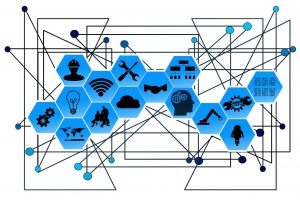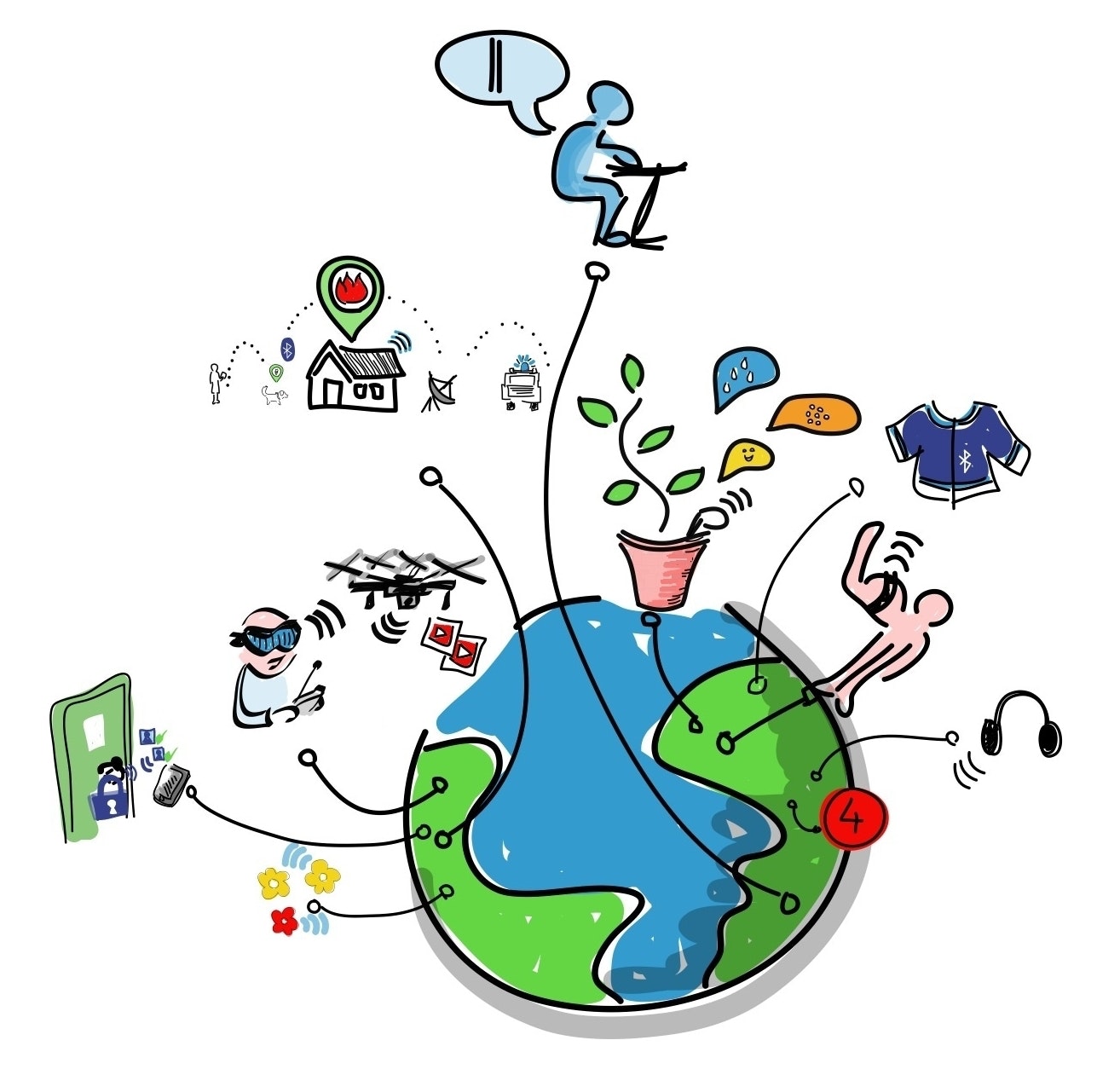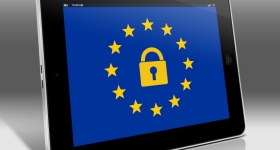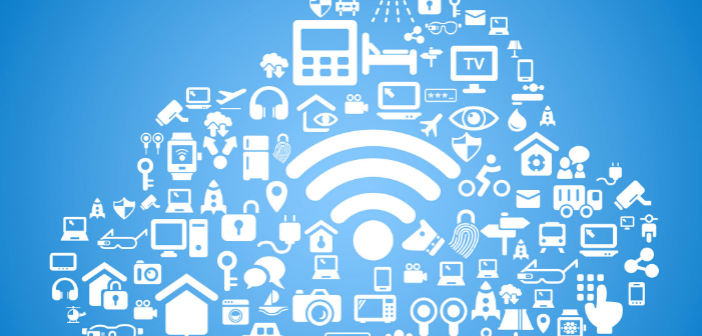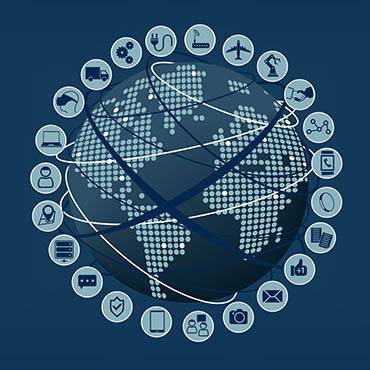It’s a little like hiring a doorman without ever doing a criminal reference check or getting a certificate of conduct: you might be getting more than you bargain for.
Last week, a conference in London was told that bringing the smallest kind of technology from the internet of things could bring with it a world of hurt.
First, about the internet of things. That’s the term given to everyday devices that are hooked up to the internet to stream information — and there are a lot of things that do just that. Household appliances, electronic monitoring systems, remote-activation thermostats, computer modems and even home-assistance devices like Amazon’s Alexa and Echo technology: it’s a list that keeps growing in the quest to do every single thing without ever having to lift your butt out of your personalized dent in the couch. (I’m troubled enough that, whenever the internet is on the fritz, a technician with the cable company can finger his way with no trouble into the modem inside our house. And I mentioned my personal concerns a few weeks ago about having an open microphone, like Alexa or Ask Siri, turned on full time in someone’s house.)
Source: Russell Wangersky: Convenience vs. security in the internet of things | The Beacon

